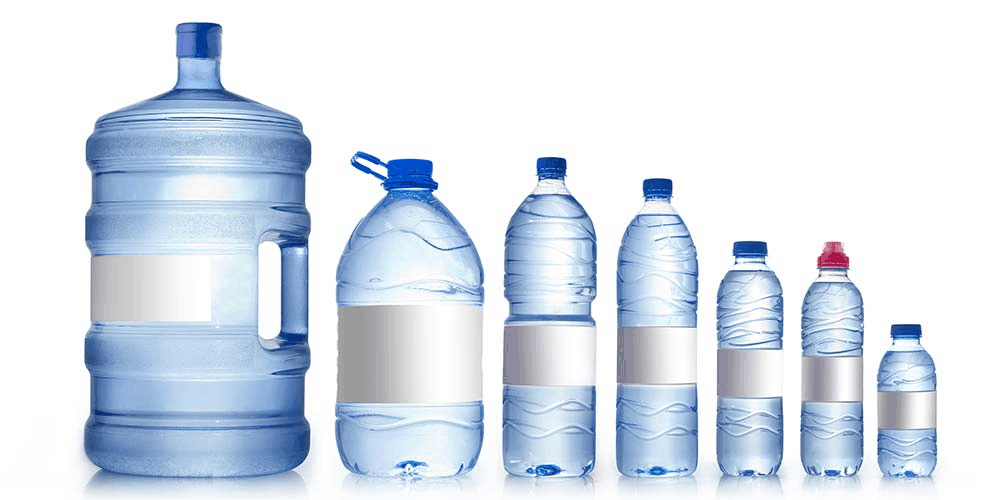Bottled water has become enormously popular all over the world. Its sales have grown exponentially in the past few decades as people seek hydration on the go. However, with this growth in popularity bottled water has also attracted considerable controversy over its environmental and health impacts. In this article, we take an in-depth look at bottled water from multiple perspectives.
Rise of the bottled water industry
The bottled water industry has seen phenomenal growth since the 1990s. According to the International Bottled Water Association, global bottled water consumption grew from approximately 25 billion liters in 1990 to over 300 billion liters in 2020. In the United States alone, annual bottled water sales now top $18 billion. This surge in demand has been attributed to factors like marketing bottled water as a healthier alternative to soft drinks and convenience of portability. Major beverage companies like Nestle, Pepsi and Coca-Cola now dominate bottled water production.
Environmental concerns
While bottled water’s convenience is undeniable, critics argue that it comes at a huge environmental cost. Plastic waste from Bottled Water has become a major problem. On average, every bottle is reused only once before being discarded. It takes roughly 1 million plastic bottles to satisfy America’s daily water needs. Most plastic bottles end up in landfills or oceans, where they persist for centuries while leaching toxins. Producing plastic bottles also requires petroleum that contributes to carbon emissions. Transporting bottled water over long distances uses even more fuel. The plastic and carbon footprint of bottled water dwarfs that of tap water. Alternatives like reusable bottles and home filters could help reduce this environmental strain.
Health impacts of BPA and microplastics
There are also questions regarding chemicals leaching from plastic water bottles into the contents. Bisphenol A (BPA), an endocrine disrupting compound, was commonly used in polycarbonate plastics. While most companies have phased out BPA, the FDA continues to find trace amounts of it in some bottled water brands. Other potential chemicals of concern include phthalates and bisphenols. Moreover, the abrasion of plastic bottles during use and transport releases microscopic plastic particles called microplastics. Studies show that 93% of bottled water contains microplastics, which can be easily ingested. The long-term health impacts of such chemical exposures remain unclear but are a source of concern. Glass bottles offer a safer alternative.
Quality and safety of bottled vs tap water
Contrary to popular belief, bottled water is not necessarily cleaner or safer than tap water in many areas of the world. The FDA regulates bottled water but has fewer mandatory standards compared to EPA rules for public water systems. As a result, tap water often receives more rigorous treatment and monitoring. Cases have been reported of bottled water exceeding limits for contaminants like arsenic. Tap filters in high quality municipal systems ensure water is as pure as bottled. However, aging infrastructure or lax regulations are issues in some community systems. Overall quality depends heavily on source and treatment of individual bottlers and water utilities. Consumers need reliable information to differentiate options.
Economics of bottled water
When compared on price per gallon, bottled water costs up to 1,000 times more than tap. While its price reflects value-added elements like portability and branding, high costs can pose problems for low-income households relying primarily on bottled water. Charities often provide relief by donating reusable water stations in needy areas prone to water shortages or disaster. Still, for many routine consumers worldwide, the premium price of bottled water likely outweighs perceived health risks due to lack of affordable tap water alternatives. Governments must upgrade aging pipes and make drinking water access truly universal.
The way forward
As with most complex issues, there are no simple solutions. Both bottled and tap water have pros and cons influenced by localized factors. While reducing bottled water consumption remains important environmentally, for some it provides critical access in emergencies. Going forward, policymakers and companies should promote tap infrastructure upgrading, reusable bottles, and package-free dispensers to reduce plastic pollution. Better labeling could help consumers make informed choices balancing factors like contaminants, costs and footprint. With cooperation across sectors, it may be possible to curb bottled water’s negative fallouts while ensuring safe drinking water remains available everywhere as a basic human right.
In conclusion, this article explored bottled water from multiple perspectives of growth, environmental concerns, health impacts, quality comparisons and economics. While tremendously popular, bottled water also needs addressing its sustainability challenges. With progress on reliable public water systems complemented by greener packaging solutions, it may be possible to realize the convenience of portable hydration without its current environmental and public health trade-offs. Ensuring universal access to clean drinking water is a crucial global goal for the future.
*Note:
1. Source: Coherent Market Insights, Public sources, Desk research
2. We have leveraged AI tools to mine information and compile it
About Author - Ravina Pandya
Ravina Pandya,a content writer, has a strong foothold in the market research industry. She specializes in writing well-researched articles from different industries, including food and beverages, information and technology, healthcare, chemicals and materials, etc. With an MBA in E-commerce, she has expertise in SEO-optimized content that resonates with industry professionals. LinkedIn Profile

 by
by 


